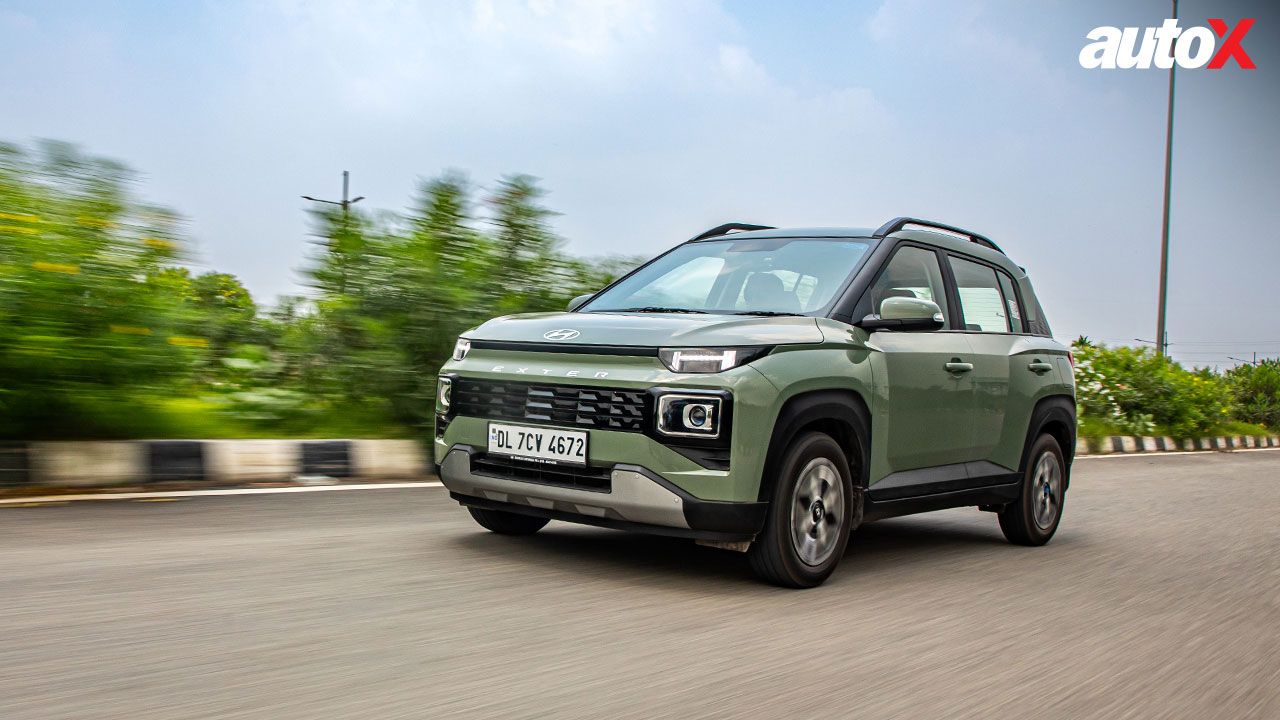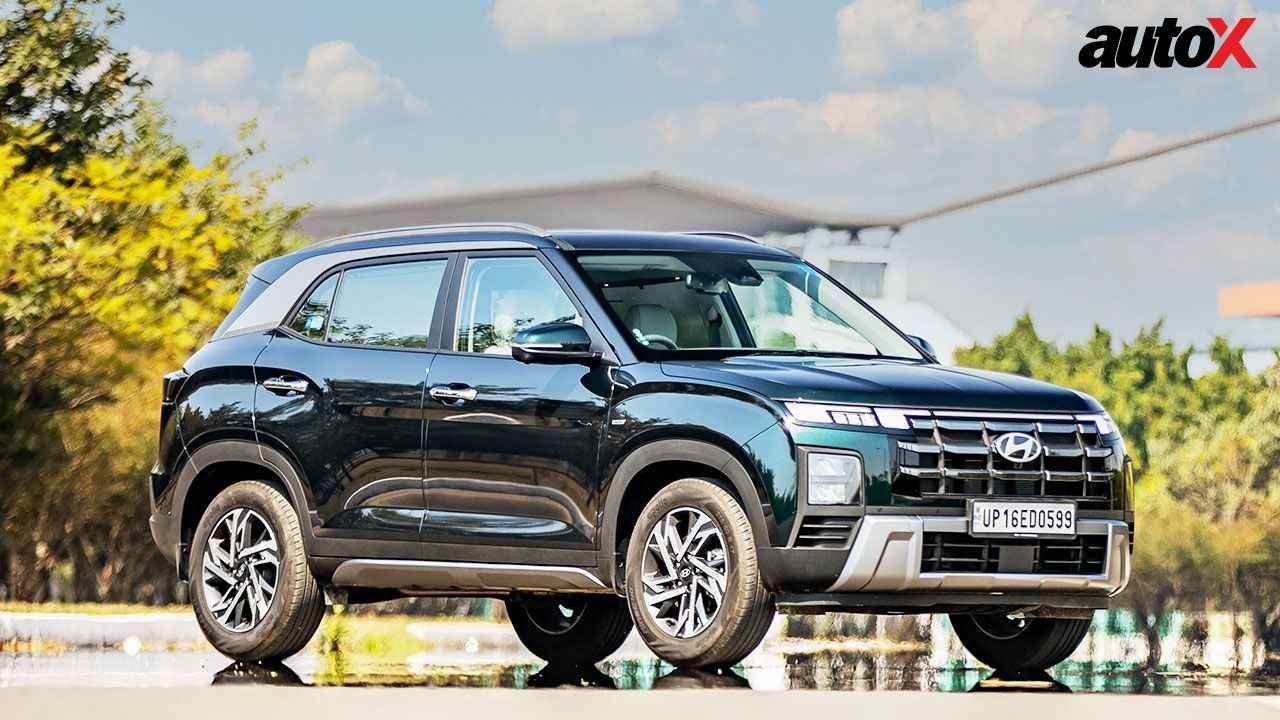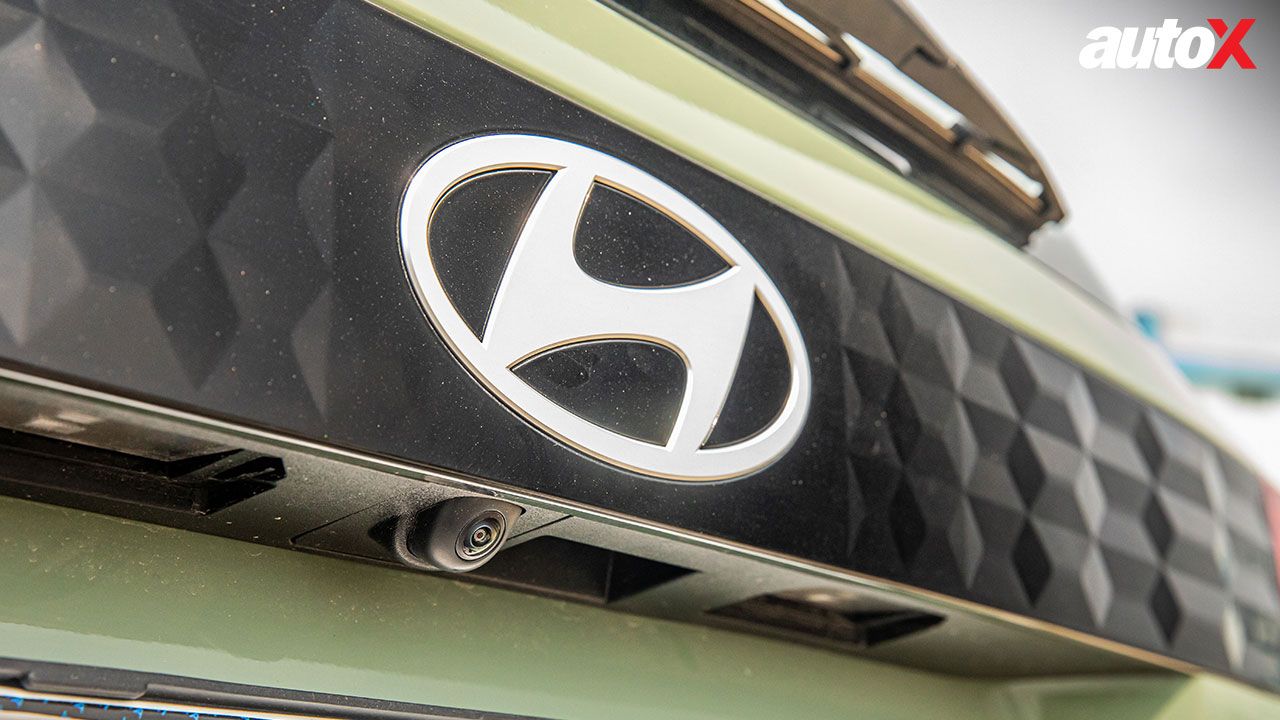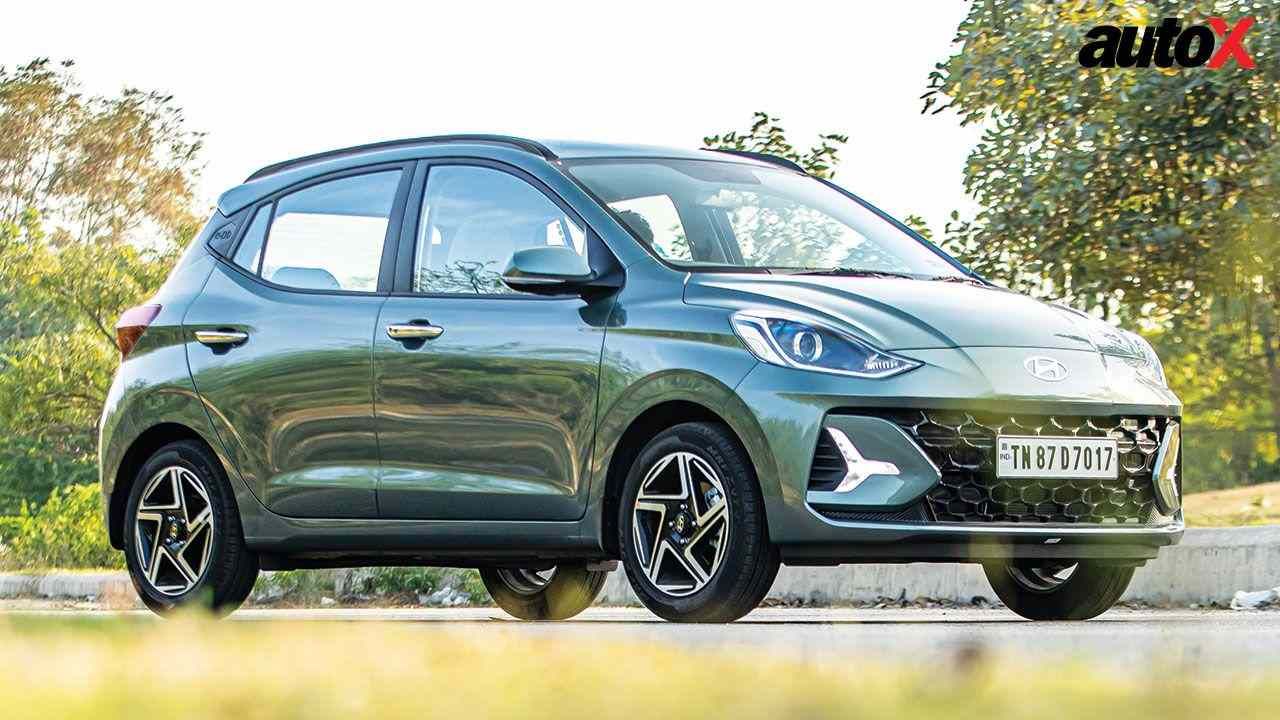Hyundai Alcazar First Drive Review
What happens when you call a modern-day interior designer to renovate a ‘fortress’?

Hyundai chose a bold name for its bigger-than-Creta-but-still-not-a-flagship SUV – the Alcazar, which is Spanish for ‘fortress’. However, this fortress’ greatest (unintended) foe turned out to be its younger sibling – the Creta. Why? Well, the Creta excelled in almost every aspect, which means that it often overshadowed the Alcazar, making it one of the most underrated SUVs in its price range. Now, Hyundai has adopted a thoroughly contemporary approach to fortify the ‘fortress’ to ready it for the modern SUV battleground.
The ‘H-Factor’
Arguably, the biggest contributor to the Alcazar’s renewed avatar is its all-new design. You see, the outgoing Alcazar looked quite similar to the Creta, which often left buyers feeling that they were not getting enough value for their money, i.e. despite paying a premium what they essentially got was a car that failed to distinguish itself from its smaller, more affordable sibling that it was based on. That, however, has completely changed with the new Alcazar.


It looks like a different model altogether, and not just a larger version of the Creta, even though it technically is. The updated design features a new ‘H’-shaped light signature for the DRLs, connected by a light bar between them. The headlamps are positioned below, flanking a new dark chrome-finished grille.
On the sides, it gets intricately designed 18-inch alloy wheels, which look striking, along with big, functional roof rails on top, which significantly add to the SUV’s overall aesthetic. However, what truly sets the new Alcazar apart is the design element running over the windows – from just above the A-pillar, dropping down to become the C-pillar – which is finished in body colour, rather than the contrasting silver found on the Creta. All of this combined makes the car look bigger and more imposing, which will appeal to many.
While the front may look like a blend of the Creta and Exter, the rear end of the Alcazar is truly unique, which is also marked by connected lights forming an ‘H’ pattern. There is a new, bolder bumper and a bigger spoiler, with a larger high-mounted stop light. The new design effectively makes the Alcazar appear noticeably larger than the Creta, adding to its distinct character.


Fully-Loaded Interior
When you step inside the Alcazar, the resemblance to the Creta is undeniable, for the cabin is nearly identical, with only minor differences. These include a new brown and navy colour theme, a quilted pattern across the seats, and a brushed aluminium finish around the gear lever, which now also houses the updated seat ventilation controls – they are now buttons instead of toggle levers. Additionally, the HVAC control panel has also been updated, replacing the big chunky buttons found in the Creta with a cleaner touch-based control setup. Fortunately, you still get physical dials for the essential controls like volume. Does the interior feel significantly different? Not really. But does it feel better than that of the Creta, given these minor changes? Of course, yes!
The highlight of the cabin is, of course, the pair of 10.25-inch screens housed within a single panel, giving it a seamless look, almost as if it’s a single screen. These screens are similar to those in the current Creta and the outgoing Alcazar, but that’s not a bad thing – they offer a high-quality experience for both the infotainment system and the all-digital instrument cluster. The car also supports Android Auto and Apple CarPlay; however, it still requires a cable – specifically, a USB-A cable. It’s high time that Hyundai updated this, as wireless integration of these features is available in cars that cost half as much as the Alcazar in India. The star addition to the cabin is the memory function for the driver’s seat. Plus, both front seats are now fully electrically adjustable as well.
Another significant change is in the second row – if you opt for a seven-seat version, you get a bench, but in the six-seat version, you get captain seats in the second row, just like our test car. If you go for the latter option, you’ll immediately be impressed by the addition of ventilated seats for the middle-row passengers. This version also comes with seat-mounted armrests, extendable under-seat cushions, and wing-type headrests, which offer excellent comfort if you decide to take a nap.


The seven-seat version features a conventional drop-down centre armrest and standard cushions instead of the fancy headrests. Additionally, the back of the front row seats is now scooped out, allowing the pop-out tray with the cupholder to fit more comfortably. The middle row also includes pop-up blinds, which are a thoughtful touch. One of the highlights of the new model is that now you can adjust the front passenger seat electrically via buttons placed on its side while seated in the middle row. And then there are features like a massive panoramic sunroof, an eight-speaker Bose sound system, two USB-C ports for middle-row passengers, and a nifty phone holder in the middle, which also doubles up as a wireless charging pad. Together, these upgrades make the updated Alcazar’s middle-row experience one of the best – if not the best – in the segment.
As for the last row of seats, well, the experience is somewhat lacking, or let’s just say that it leaves you wanting more. Don’t get me wrong, it is not a bad place to be, especially given the features available – it has space on both sides for your phone, cup holders, USB-C ports, adjustable headrests, and a blower control for last-row passengers as well. However, the limited space essentially makes it a 5+2 SUV and not a proper seven-seater. Yes, if you adjust the seats up front, adults can fit in the last row for a short trip, but it’s not suitable as a long-distance hauler for seven adults.
With the last row up, the boot space is limited, but folding it down gives you plenty of storage space. One notable omission is an electric tailgate, which would have added to its premium appeal. Overall, the Alcazar can be best thought of as a highly practical five-seater, which can accommodate children in the last row with ease.


The Driving Experience
The Hyundai Alcazar continues to be available with both petrol and diesel engine options – we drove the former for our first drive experience. It gets the tried and tested combination of the 1.5-litre turbocharged petrol engine, producing 158bhp, and the 7-speed DCT that we have already experienced in the Creta, Verna, and even the Kia Seltos and Carens. We were impressed by this drivetrain’s refinement before, and our opinion hasn’t changed now. Its characteristics remain mostly the same – it’s a car that feels strained at high RPMs and is best enjoyed at cruising speeds. It’s smooth and quiet below 3,000rpm and comes with three driving modes – Eco, Normal, and Sport. According to Hyundai, the Alcazar can do the 0 – 100km/h sprint in 9.6 seconds. However, with 7 people and luggage onboard, the Alcazar, given its size, may feel only adequately powerful, especially in challenging conditions like going uphill.
The suspension setup leans towards the softer side, resulting in a noticeable body roll when pushed through a corner. When not driven enthusiastically, though, the car settles in a good rhythm on the highway, dealing with undulations well for a comfortable ride. This applies to city driving too, unless you hit a sharp pothole, at which point the 18-inch wheel – although stylish – transmits a subtle yet noticeable shock into the cabin. We expect the 17-inch wheels available in the lower variants to deal with these conditions better. Overall, with its proven drivetrain, light steering, and reasonably well-sorted ride and handling, the Alcazar continues to offer good value for money. It’s not the best in the segment in terms of pure comfort – that title still belongs to the Mahindra XUV700 and the MG Hector Plus – but it won’t leave you feeling shortchanged. And, yes, the Alcazar offers a comprehensive suite of safety features, including disc brakes on all wheels, six airbags, and Level 2 ADAS.
Verdict
The new Hyundai Alcazar has seen a notable improvement in its value proposition. It has always been a good choice, but now, it has become something that you must consider if you are looking for an SUV in this segment. With Hyundai’s proven track record of reliability, excellent service support, and the fact that the Alcazar now distinguishes itself visually from the Hyundai Creta, there is hardly anything to find fault with. The renovation, or rather fortification, of the ‘fortress’ has been executed so well that it might just be worthy of being called a ‘castle’.
----
It gets the tried-and-tested combo of 1.5-litre turbo petrol engine, producing 158bhp, and the 7-speed DCT
Engine: 1,482cc / 4-Cylinder / Turbocharged
Fuel: Petrol
Transmission: 7-Speed at / Front-Wheel Drive
Power: 158bhp @ 5,500rpm
Torque: 253Nm @ 1,500-3,500rpm
Range: 331km (Claimed) 228km (Tested)
Price: ₹14.99 Lakh (Introductory, Ex-Showroom)
X-Factor: Most sensible ‘big’ ICE Hyundai SUV in India.
|
Pros • Feature Loaded • Cabin Experience |
Cons • No wireless Android Auto / apple CarPlay |







Write your Comment on